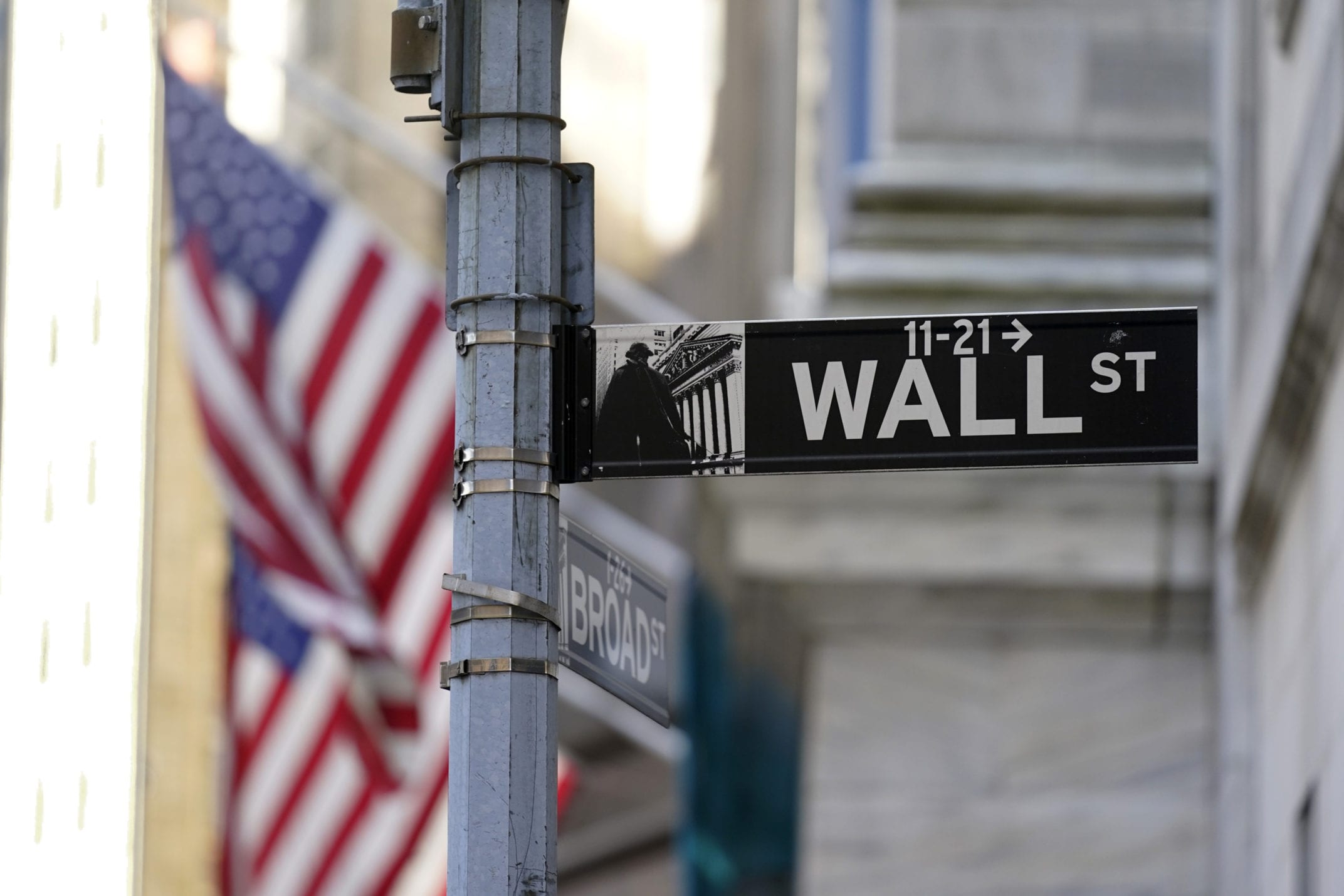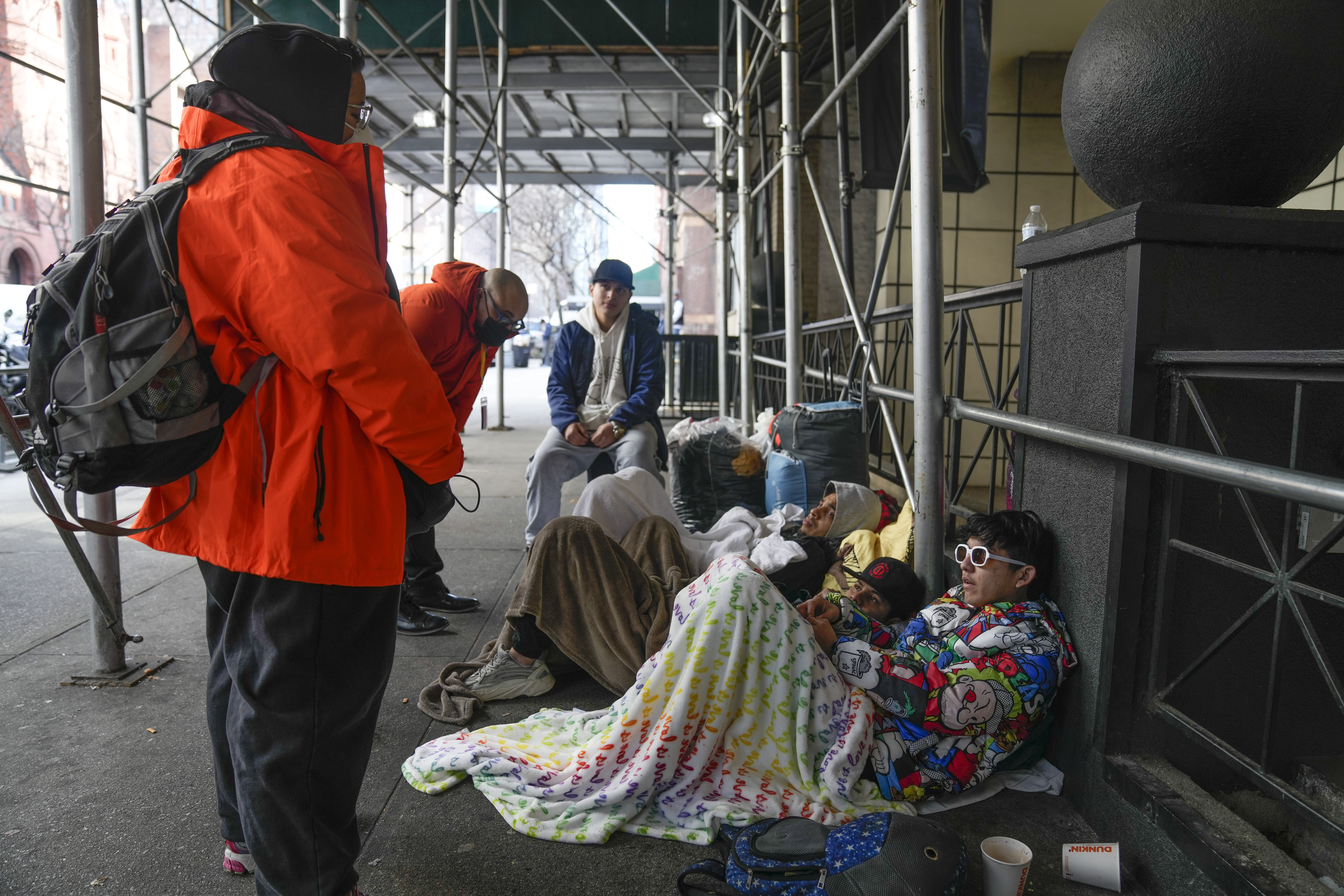What to do with all that money saved?
For millions, the global pandemic provided an opportunity to stockpile savings – no travel, no commuting, etc.
As the recovery began and subsequently built momentum, more and more became investors and literally took stock in America.
Today, the number of people holding U.S. stocks continues to climb.
The S&P 500 began the week at a record high, and most businesses have seen shares of their publicly traded companies rising consistently.
In a Fox Business story, big-name banks are very aware.
“Households, foreign investors, mutual funds, and pension funds collectively own 91% of the US equity market,” noted Goldman Sachs in a recent research note. “We forecast households will be net buyers of $400 billion in equities in 2021 driven by the buildup of cash in money market funds, anemic credit yields, and a rebound in retail trading activity.”
The ease with which people are finding access has boosted the numbers, too, as retail trading via Robinhood and others has heated up the market.
When you need only a dollar to become involved, it feels like a no-risk option.
Trading among the retail community has jumped, in part due to firms such as Robinhood, which in a recent campaign touted the ease of investing with just $1.
Goldman also said the market has benefited by big businesses becoming aggressive.
“Corporations will be the largest source of equity demand for the remainder of 2021, as we expect buybacks to accelerate and issuance to slow from peak 1Q21 levels,” Goldman said via Fox Business, which also painted optimism referenced by a Federal Reserve checkup.
The report found 27 large U.S. banks passed “stress tests with flying colors.” Among them are JPMorgan, Wells Fargo and Bank of America, which the Fed says are positioned to ensure U.S. financial stability.


















Add comment